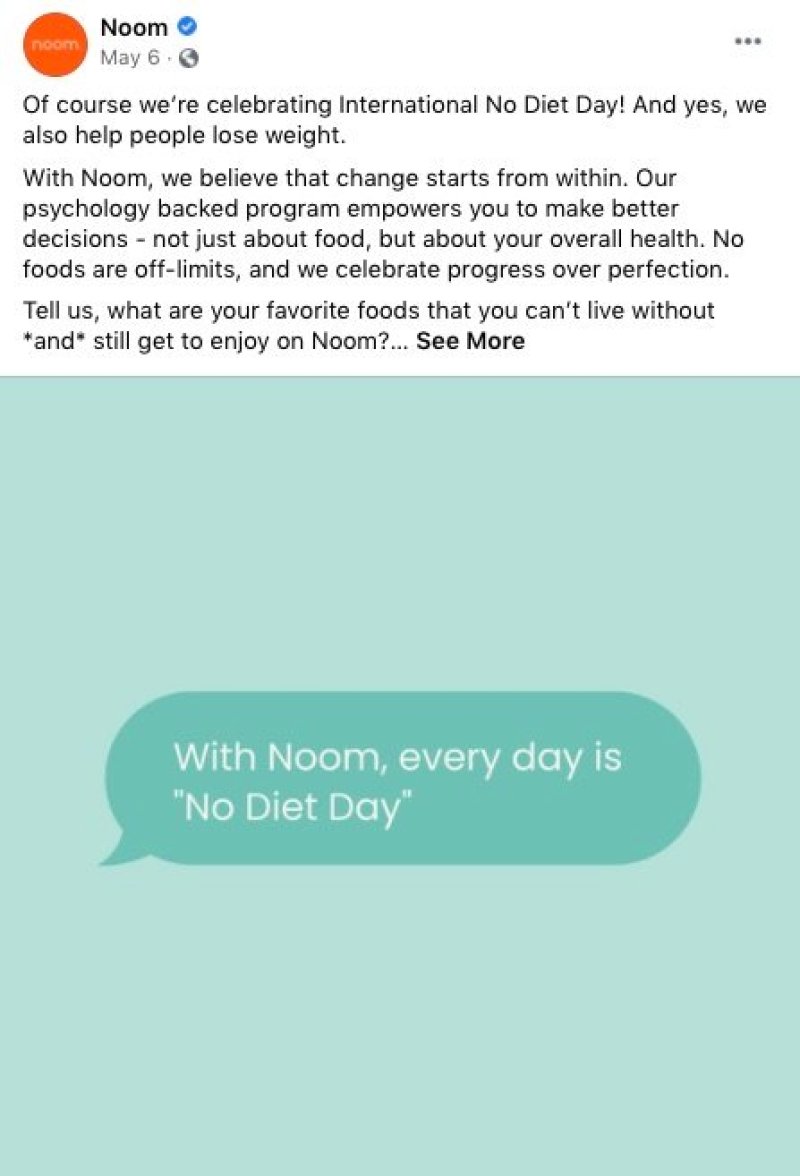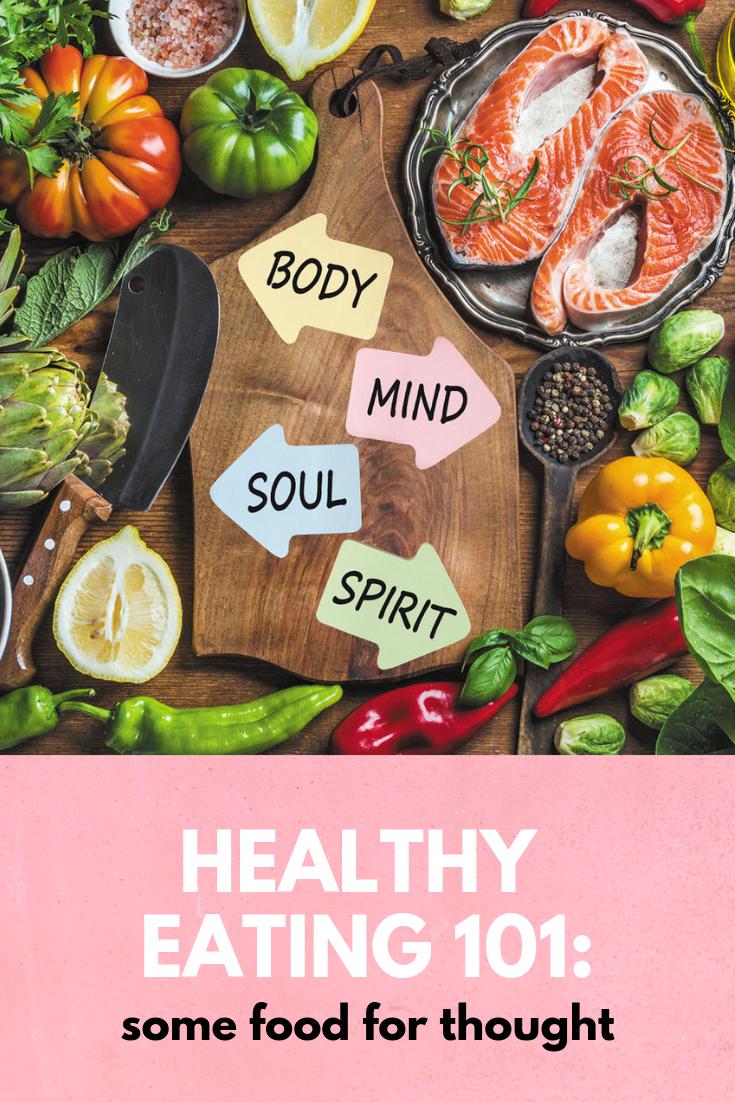
A typical teenager's diet includes fruits, vegetables and whole grains. This is a healthy diet and is important to a teenager's growth and development. It is best for teens to have around six to eight glasses of fluid a day. This can include water, low-fat and fat-free milk, as well as various juices. They should also get enough exercise.
Daily allowances of carbohydrates should range between 50-60% of total calories. These levels should be higher for teens who are very active. You can also include fruits and vegetables in the diet to provide additional nutrients. In order to maintain a moderate body weight, it is important to consume at least 5 portions of fruit/vegetables per day. You can avoid weight gain by limiting the size of your portions. To limit the size of the meals your teenager consumes, it is important to know how many calories are required for each food.

You should limit carbohydrates in your dinner. Teens are more inclined to eat fried foods than healthy options. Grilled chicken is an excellent alternative to fried chicken. You can reduce the amount of sodium and fat your child consumes by including vegetables as a side dish. This will ensure that your teen is satisfied and able concentrate. This is how you make healthy eating fun.
A lot of fiber-rich foods is key to eating healthy meals. It is important to limit the intake of sugary drinks as well as fast food and to reduce red meat and processed meats. You can also cut down on junk foods and processed meats. A healthy diet should contain a variety of nutritious foods including lean beef. Dried beans and spinach, which have iron fortification, are also excellent sources.
Foods high in fiber are essential to your health. This is why you should eat lots and variety of fruits and veggies. Include whole grains and many vegetables. A few raw and boiled vegetables are good options. Spices enhance the flavor of your food. Fruits and vegetables are generally a healthy choice for teens. You can eat these foods in any amount you like, as long as they are not too high in calories.

Teens should limit their daily calorie intake to less than 300 calories. You should avoid processed foods because they can often be full of sugar. A teenager should consume at least three to four portions of fruit and veggies each day. For best results, teenagers should eat a variety. If you don't have kids, fruits are a great way of satisfying your sweet tooth.
FAQ
How much should my body weight be for my height? BMI calculator & chart
Calculating your body mass index (BMI), is the best method to calculate how much weight to lose. A healthy BMI range is between 18.5 and 24.9. If you want to lose weight, then you should aim to drop about 10 pounds per month. To calculate your BMI, simply enter your height and weight into the BMI calculator.
This BMI chart shows you if it is possible to identify if you are either overweight or obese.
What are the 7 tips to have a healthy life?
-
Eat right
-
Exercise regularly
-
Sleep well
-
Make sure to drink plenty of water.
-
Get enough sleep
-
Be happy
-
Smile often
How to measure bodyfat?
A Body Fat Analyzer can be used to measure body fat. These devices can be used to measure body fat percentages in people who are trying to lose weight.
What is the difference of a virus from a bacteria?
A virus is a microscopic organism that cannot reproduce outside its host cell. A bacterium (or single-celled organism) reproduces by splitting itself into two. Viruses have a very small size (about 20 nanometers), while bacteria is larger (up to one micron).
Viruses are spread via contact with infected bodily liquids such as urine, saliva, semen and vaginal secretions. Bacteria can be spread by direct contact with infected objects and surfaces.
Viruses can enter our bodies through cuts, scrapes, bites, or other breaks in the skin. They can also penetrate the skin through the eyes, nose or mouth.
Bacteria can get into our bodies through cuts, scrapes and burns, insect bites, or other skin breaks. They can also get into our bodies via food, water or soil.
Both bacteria as well as viruses can cause illness. But viruses can't multiply within their hosts. So they only cause illnesses when they infect living cells.
Bacteria can multiply within their hosts and cause illness. They can infiltrate other parts of the body. That's why we need antibiotics to kill them.
What is the difference between sugar and fat?
Fat can be a source of energy that is obtained from food. Sugar is a sweetener found in fruits, vegetables, and other foods. Both sugars and fats have the same calories. But, fats have more calories than sugars.
Fats can be stored in the body, which can lead to obesity. They can lead to cholesterol buildup in the arteries, which could cause heart attacks or strokes.
Sugars are quickly absorbed by the body and provide instant energy. This causes blood glucose levels in the body to rise. High blood glucose levels can pose a danger because they increase the chance of developing type II Diabetes.
Statistics
- WHO recommends reducing saturated fats to less than 10% of total energy intake; reducing trans-fats to less than 1% of total energy intake; and replacing both saturated fats and trans-fats to unsaturated fats. (who.int)
- This article received 11 testimonials and 86% of readers who voted found it helpful, earning it our reader-approved status. (wikihow.com)
- Extra virgin olive oil may benefit heart health, as people who consume it have a lower risk for dying from heart attacks and strokes according to some evidence (57Trusted Source (healthline.com)
- According to the 2020 Dietary Guidelines for Americans, a balanced diet high in fruits and vegetables, lean protein, low-fat dairy and whole grains is needed for optimal energy. (mayoclinichealthsystem.org)
External Links
How To
How to live a healthy lifestyle
A healthy lifestyle is one that allows you to maintain your weight, your health, and your fitness. This lifestyle includes healthy eating habits, regular exercise, adequate sleep, and abstaining from drugs, alcohol, caffeine, tobacco and other harmful substances. A healthy lifestyle will help you feel great and stay in shape. A healthy lifestyle can help reduce your risk of developing chronic diseases such as heart disease, strokes, diabetes, cancer and osteoporosis.
This guide will help you live a healthier, more fulfilling life. The introduction is the first part of this project. This explains why healthy living should be encouraged and who it should help. Next, I wrote the body paragraphs. These include tips and tricks for maintaining a healthy lifestyle. Finally, I wrote my conclusion. It summarizes the entire article and gives additional resources if required.
I was able to learn how concisely and clearly I could write my paragraphs through this assignment. I also learned how to organize my thoughts into topic sentences, and the supporting details. Because I had to locate specific sources and properly cite them, my research skills improved. I learned proper grammar to write.